
All categories
Featured selections
Trade Assurance
Buyer Central
Help Center
Get the app
Become a supplier

(977 products available)
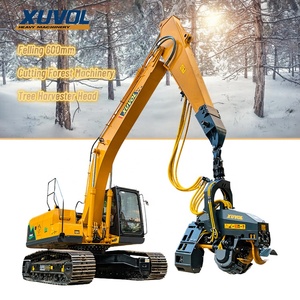
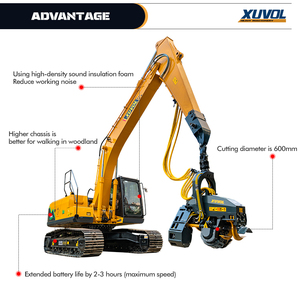

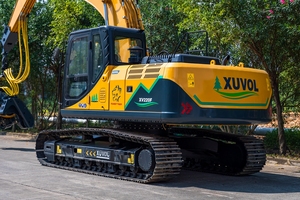
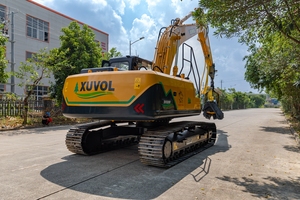









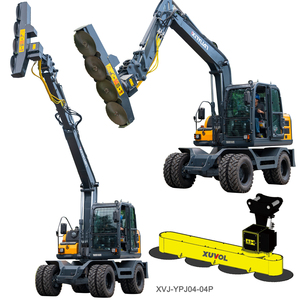


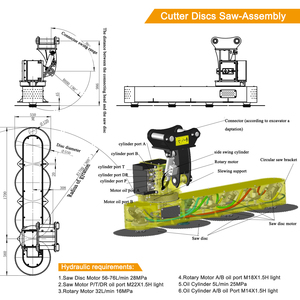




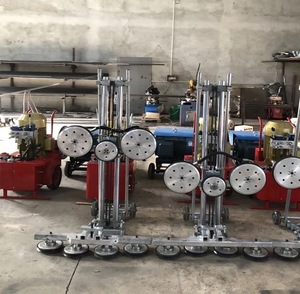






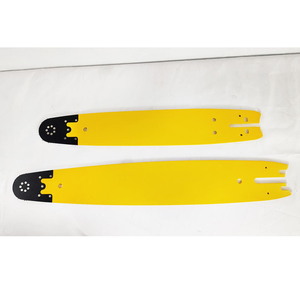



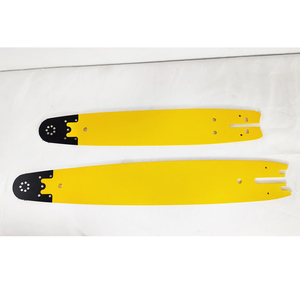
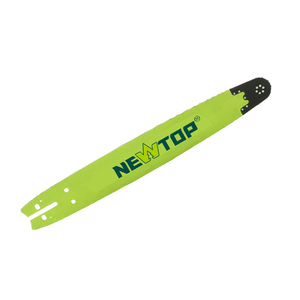





There are two main types of harvester saw bars, and they are common to most expanding farms. They include:
Standard harvester saw bars
Standard harvester saw bars are constructed for general purpose and commonly have lengths that vary from 35 to 59 inches. These sizes depend on the specific models of the saw each farmer uses. The construction materials used are chrome-plated steel because it provides good wear resistance and durability. A farmer can use a standard harvester saw bar for all aspects of harvesting, thinning, and producing firewood, among other uses.
Heavy-duty harvester saw bars
Heavy-duty harvester saw bars are for aggressive duty when a farmer is experiencing high-density timber areas or cutting larger, longer trees. The lengths of these saw bars often exceed 59 inches and are thicker than standard bars. They are made from solid alloy steel and offer better flexibility, tensile, and wear resistance. A farmer will choose a heavy-duty saw bar for large scale logging or long term forestry operations.
A farmer ought to consider the following when choosing a harvester saw bar:
Farming needs
Consider the farming needs based on the size of the trees to be harvested and the density of the forest. For normal farming, a standard saw bar might suffice while for intensive farming, a heavy duty saw bar will be more suitable. Meanwhile, the length of the bar should match the farmer's existing motor chainsaw in use.
Material and construction
When choosing materials and construction, farmers should go for saw bars made of chrome plated steel or alloy steel. These materials provide the required durability, flexibility, and resistance to wear for long term heavy duty farming. The construction should also include hardened tips to prevent its deformation during extensive cutting operations.
Compatibility
Farmers should ensure they get a harvester saw bar that is compatible with their existing motor chainsaw. Additionally, they should check if the bar and chain combination can achieve the required level of performance during the harvesting process. A farmer can get this information from the saw manufacturer's specifications or by consulting the experts. Proper combinations of bars and chains increase efficiency and enhance safety on the farm, and improper combinations lead to damage and decreased life period of the equipment.
Durability
A farmer should choose durable harvester saw bars that can operate in the wild without wearing out even with extended uses. As stated earlier, durable saw bars include chrome plated steel and alloy steel, which are highly recommended to perform logging operations under tough conditions. These materials are also highly weather resistant.
Maintenance requirements
Farmers should also consider maintenance requirements because some saw bars require more oiling and tension adjustments than others. A farmer who prefers minimal maintenance should go for models with automatic oiler and easy tensioning systems. Easy maintenance models are ideal for large scale farms since they hardly need much time and labor to maintain harvesting equipment.
Increased efficiency and productivity
Bar and chain combinations increase efficiency and productivity because they help the equipment perform better. Logging down the tree faster with the right combination means higher output. Commercial value is directly related to efficiency. Hence, the optimal saw bar decreases the time and increases the quantity harvested power, hence making a farmer more efficient.
Extended life of the equipment
Correct bar and chain combinations increase the life of the equipment, thus making it economically reasonable. Inaccurate combinations wear out the saws quickly, thus making it costly. On the contrary, optimal pairs decrease wear on the saws, thus making the equipment more cost effective and increasing its longevity.
Lower operating costs
Proper farming equipment operating costs are minimal because it consumes less fuel and maintenance costs are cheap. Commercial value goes up since economical farming leads to increased profits.
Versatility in applications
Some saw bars work for various farming conditions ranging from light to heavy duty. This means a farmer can perform a range of operations from simple brush clearing to complex harvesting with the same bar. Due to this versatility, the commercial value is highly enhanced since equipment is utilized efficiently for various tasks.
Market demand and relevance
A farmer who has the right bar and chains that perform a motor work correctly in the market demand and relevance because customers in the market prefer complete satisfaction. Customers are ready to pay more for quality service. Having the right equipment for the job makes a farmer relevant in the market.
Trees assessment
The first thing a farmer needs to do is assess the trees that need to be harvested. Identify their size, shape, and position before cutting them down. Make sure there are no obstacles like power lines or buildings nearby. Also, look out for any signs of disease or damage in the trees themselves.
Cutting plan
After assessment, make a cutting plan, and a cutting plan means deciding how to cut the tree safely. Determine the direction the farmer wants the tree to fall and make sure it won’t fall on anything important. Cut a notch in the tree on the side facing the direction it should fall. This notch should be around a quarter of the tree’s the total height.
Felling the tree
After making the notch, a farmer needs to make another cut on the opposite side of the tree, slightly above the bottom of the notch. This second cut is called the felling cut, and it enables the tree to tip over along the notch.
Removing branches
Once the tree has fallen safely, the farmer needs to remove its branches before cutting the trunk into smaller, manageable pieces. He does this by starting from the top of the tree and working his way down while ensuring he’s holding the saw at the right angle and being mindful of any leftover tension in the branches.
Cutting the trunk
After farming, the farmer needs to cut the trunk into pieces that are about 16 inches long. This makes the wood easier to carry and use later on.
Removing the old bar
The first step in replacing the harvester saw bar is loosening the nuts that hold the chain tight on the old bar. This is done using a wrench. Then the chain is taken off the old bar. The guide or old bar is then pulled out from the saw's housing.
Installing new bar
The new bar should be slid into the saw’s housing. The chain then should be wrapped around the new bar, and the teeth should face the correct direction. Lastly, the nuts were tightened to secure the new bar in place.
Tensioning
After replacing the bar, the chain needs to be properly tensioned. A properly balanced chain prevents it from wearing out, and so does the saw when in use. The tensioning is done until the chain sits snugly against the bar and can still move slightly when touched.
A1. A bar and chain can help a farm by maximizing the power of the motor chainsaw during harvesting to achieve efficiency and low costs.
A2. The type of trees, terrain, and amount of leaves influence how deep a farmer needs to cut to bring down the trees safely.
A3. No. Maintenance requirements actually depend on the specific models of the saw bars. Always consult the manufacturer's recommendations for care and maintenance guidelines.
A4. The correct combination minimizes wear and tear on equipment, reducing maintenance and replacement costs. It also improves fuel efficiency, leading to lower operating costs.